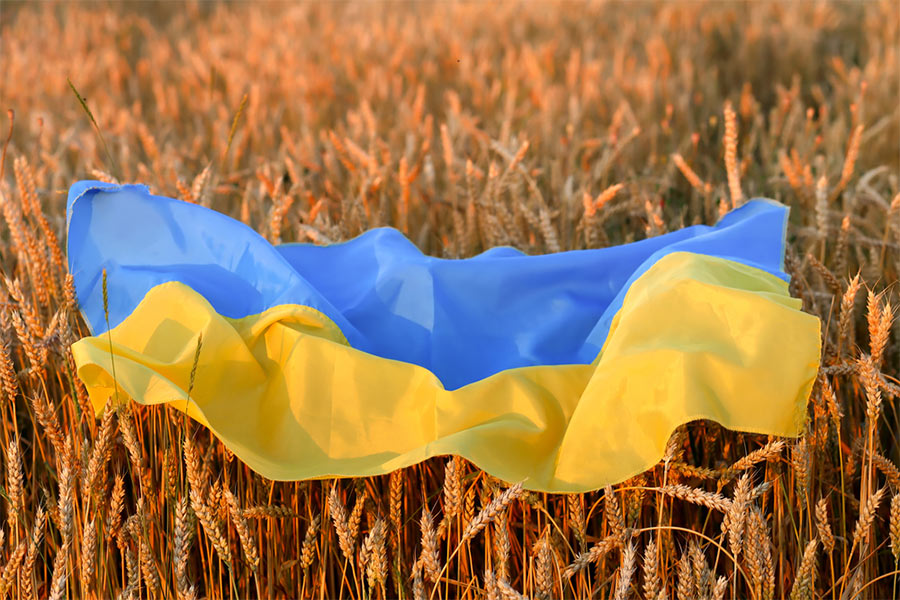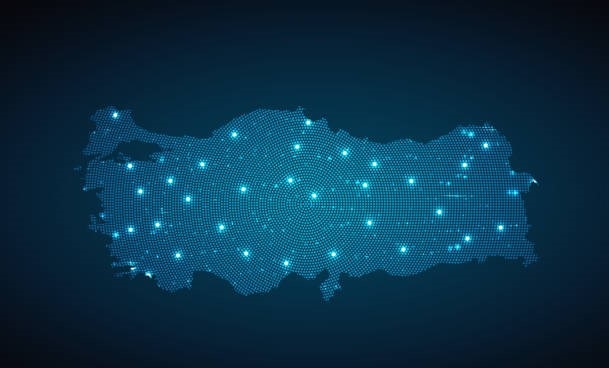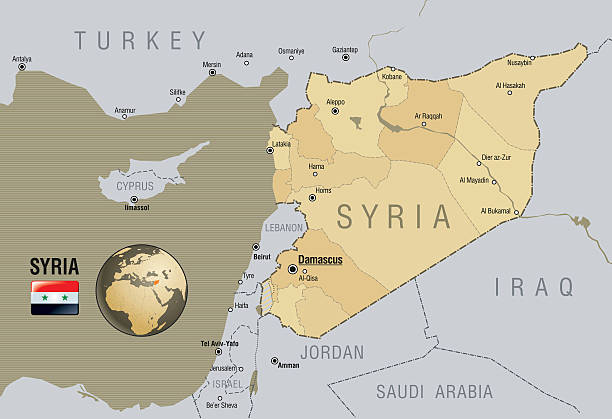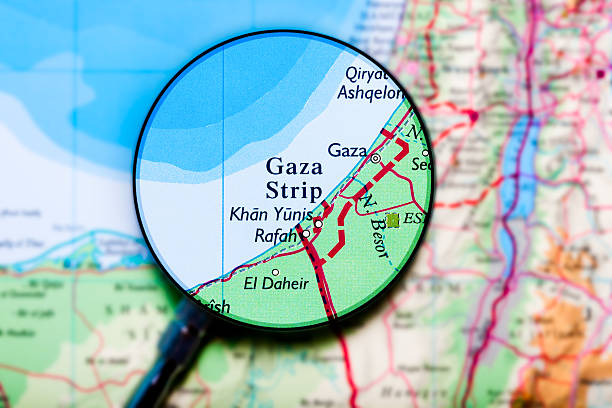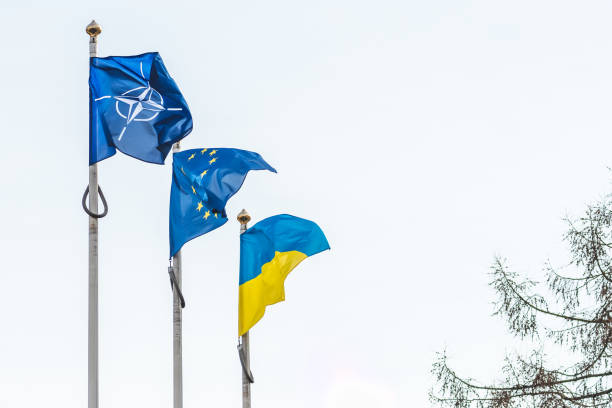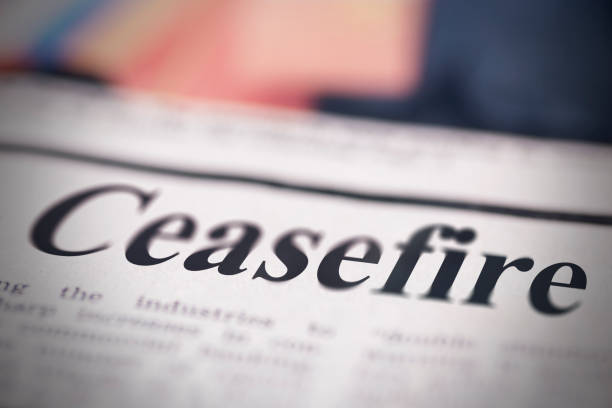On January 3, twin blasts near the burial site of Qasem Soleimani, the former head of Iran’s elite Quds Force, killed a hundred people and injured scores in the southern Iranian city of Kerman adding to concerns about a widening regional conflict. President Raisi’s political deputy, Mohammad Jamshidi, blamed Israel and the US for the attack. Later, Iran’s Supreme Leader Ayatollah Khamenei vowed a “harsh response” to the attack but did not mention either Israel or the US.
Washington immediately disassociated itself and Israel from the attack and expressed sorrow for the loss of lives. The next day, the Islamic State (IS) claimed responsibility for the bombing. Despite the loss of many lives, this must have been a relief for Tehran. Because, as I had said in earlier posts, Iran would continue its support to Hamas, Hezbollah, and other anti-Israel groups in the Middle East, but not to the brink of war.
On January 28, a drone attack against the US base “Tower 22” killed three US service members and injured at least 34. Tower 22 is located in the northern tip of Jordan where the borders of Jordan, Iraq, and Syria meet. This was the first deadly attack against American troops since October 7. The Islamic Resistance in Iraq, an umbrella group for Iranian-linked militias including Kataib Hezbollah and Harakat Hezbollah al-Nujaba, claimed responsibility for the attack.
When asked by a journalist if he held Iran responsible for the death of the three Americans, President Biden answered “Yes, in the sense that they’re supplying the weapons to the people who did it”. When the journalist went further and asked, “Directly responsible?” he said, “Well, we’ll have that discussion.”
In a statement published by the state news agency IRNA the next day, Iran’s permanent mission to the UN denied Tehran had any involvement in the attack. “Iran had no connection and had nothing to do with the attack on the US base,” it said, adding: “There is a conflict between US forces and resistance groups in the region, which reciprocate retaliatory attacks.”
The head of Iran’s Revolutionary Guards said that Tehran was “not looking for war,” appearing to signal that it would not escalate tensions with the United States. But he also warned that Iran was prepared to respond if attacked.
Moreover, Kataib Hezbollah, said it was suspending attacks on American troops.
In the days that followed, Reuters reported, “Iran’s Revolutionary Guards have scaled back deployment of their senior officers in Syria due to a spate of deadly Israeli strikes and will rely more on allied Shi’ite militia to preserve their sway there, five sources familiar with the matter said.”
In brief, in both cases, Tehran and Washington reaffirmed their determination to avoid, to the maximum extent possible, a direct military engagement. But the latter had no other option than to prove that it would not allow the attack on Tower 22 to go unpunished.
Thus, last Friday, the US struck 85 sites in Iraq and Syria that the IRGC and affiliated militia use to attack US forces. A statement by President Biden said, “Our response began today. It will continue at times and places of our choosing,” adding that the US does not seek conflict in the Middle East or anywhere else in the world but if Americans were to be harmed, America will respond.
The groups identified as “Iran’s proxies” were not there two decades ago. But the invasion of Iraq and the Western intervention in Syria, the decline of central authority, paved the way for an array of extremist groups.
First to emerge, before Iran’s proxies, was the Islamic State from the remnants of al Qaeda in Iraq (AQI). It almost disappeared for several years after the surge of US troops to Iraq in 2007. But it began to reemerge in 2011 when Syria also was thrown into chaos. Over the next few years, it took advantage of growing instability in Iraq and Syria to carry out attacks and bolster its ranks.
The group changed its name to the Islamic State of Iraq and Syria (ISIS) in 2013. It launched an offensive on Mosul and Tikrit, the latter Saddam Hussein’s hometown, in June 2014. Its leader, Abu Bakr al Baghdadi, announced the formation of a caliphate stretching from Aleppo in Syria to Diyala in Iraq and renamed the group “Islamic State” (IS). The IS was a problem, first and foremost, for Iraq and Syria.
In July 2017, the IS was finally defeated when Iraq’s second-largest city Mosul was taken back from the group, but the devastating battle left much of the city in ruins.
During the years following the invasion of Iraq and the intervention in Syria, Tehran benefitted from regional instability to project power in the Middle East through proxies. Iran and these groups are enemies of the IS. And regardless of its defeat, the US maintains troops in Iraq and Syria ostensibly “to fight the IS”. This puts Iran and the US on the same page toward the IS but that is the end of it. When American troops were harmed, Washington started carrying out strikes against Iran’s proxies in the two countries. In other words, as Tehran and Washington wish to avoid a direct clash, Iraq and Syria become not only a battleground, but punching bags as well for displays of power, and they protest.
After the US strikes, a spokesman for Iraq’s prime minister, said: “These airstrikes constitute a violation of Iraqi sovereignty…”
Syria also condemned the strikes.
It is high time for both Tehran and Washington to leave Iraq and Syria to their own devices.




